What is negative gearing? – How it works, the pros and cons Posted on October 9, 2018

Borrowing funds will increase the amount you can have invested, and naturally amplifies potential gains because there is a larger capital base on which to earn returns. The caveat in all this, of course, is that it can also magnify losses.
If you’re using borrowed funds, and the investment makes a loss, you are still responsible for the interest on the loan as well as the principal of the loan itself.
A “geared” investment is just another way of saying that the amount invested has been ratcheted up through getting a loan. The word gearing can be understood in a similar way to how gears work on a bicycle – a mechanism that turns a small effort on the pedal into a bigger physical force on the wheel.
One of the basic principals of tax in Australia is that costs necessarily incurred in earning income are generally tax deductible. Being able to claim such costs is not peculiar to Australia, and operates in the tax regimes of many other countries.

The same principle operates in the finance and investments sphere – the tax law allows you to deduct certain costs from your income that are incurred when borrowing money for investment, provided the investment has been made to produce assessable income.
“Negative” gearing comes about when earrings from an investment do not cover the costs associated with that investment, such as interest on borrowed funds.
This is the concept of “negative gearing” in a nut shell – and is the reason why it can be so appealing for many investors, given that there are tax benefits for using someone else’s money.
Investment property
Property is one investment area where negative gearing has been used to great effect.
For investment property, the ideal situation would be to make enough returns to cover loan repayments, plus interest, over the life of the loan. But what are some of the risks of having a negatively geared property? Examples include interest rate increases, or tenants moving out and leaving you with no rent coming in. A longer-term concern would be the property losing value over the time you own it.
Should the costs in relation to a rental property – such as rates, repairs, depreciation – exceed its income, the net loss in most circumstances can be offset against a taxpayer’s other income. In other words, you can apply the loss against your assessable income to end up with a reduced taxable income.
Example
An investor has a net salary, after tax deductions, of $50,000 and borrowed $102,000 at 10% interest a year to buy a property. Net income from this investment property for the year comes in at $6,240 (which is after deductible expenses other than interest).
|
Taxable salary |
$50,000 |
|
plus net rental receipts |
$6,240 |
|
Total assessable income |
$56,240 |
|
less interest deduction |
-$10,000 |
|
Taxable income |
$46,040 |
|
Tax payable (excluding Medicare) |
$7,362 |
The tax payable (excluding Medicare) on the $50,000 net salary without the negatively geared rental property would otherwise be $8,850, so the investor has paid $1,488 less tax.
But the ability to negatively gear needs to be kept in perspective as an aid to investment – a means to an end, not a goal in itself. The strategy is sound as long as the investment is also sound and will, over the long term, give you a positive return. A good investment must eventually show a profit, and its merit should never hang only on its ability to garner a tax benefit.
Another thing to keep in mind is that for negative gearing to work, you must have other income from which to claim the tax benefit. This may seem obvious, but it’s worth stating – if all the income you have coming in centres on your geared investment, and you make a loss on it, there’s no way to turn that “negative” into a positive.
Ideally, you should have confidence that the investment property will be worth much more in overall capital terms once you come to sell, and that it will be worthwhile to carry the losses in the meantime – with a little help from the tax benefits that negative gearing can give you.
One extra thing to keep in mind is that an asset held for at least 12 months should also get a 50% discount on capital gains tax.
As with any investment, do your homework first:
-
choose your investment property carefully, with good capital appreciation potential
-
make sure that you have sufficient financial reserves to cover any possible periods of having no rental income, and it may be wise to consider landlord insurance
-
you will also need to be able to cover occasional repairs or maintenance
Negative gearing for shares: Beware
The concept of negative gearing works with other types of investments, although property may have more deductions available for your tax return.
With share market investment, as the security over the loan can fluctuate in value (that is, the shares you buy can vary in value much more than a house, for example), the lender will generally limit the amount you are able to borrow to a certain percentage of the value of the share investment (expressed as a “loan-to-value ratio’ or LVR).
The added danger of gearing for the share market, as demonstrated during the global financial crisis of recent times, is when the value of stocks fall below this LVR, resulting in dreaded “margin calls”. Investors are well advised to do some careful homework before committing too much to this share market strategy.
If you would like further information, click here to speak to one of our financial advisers.





